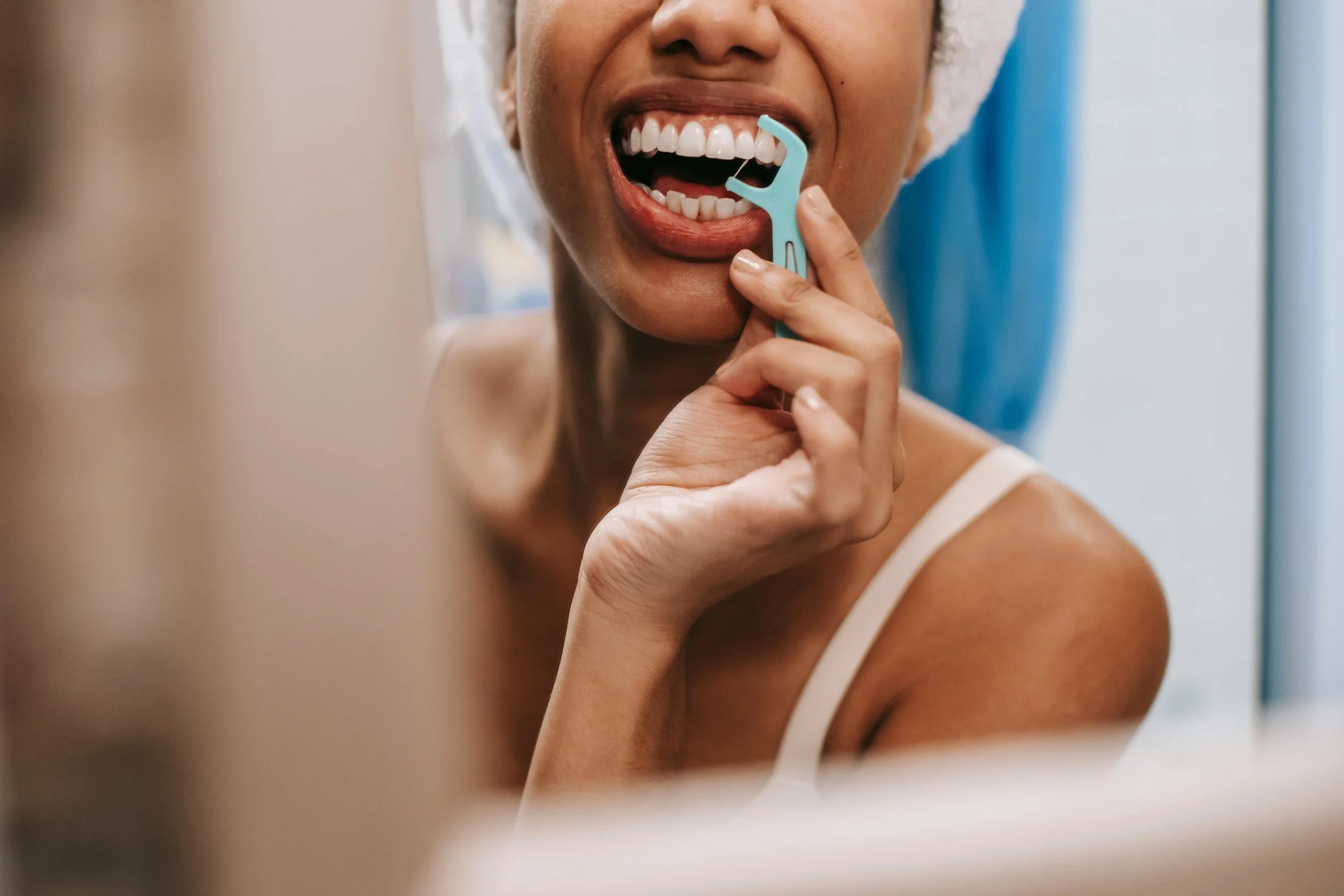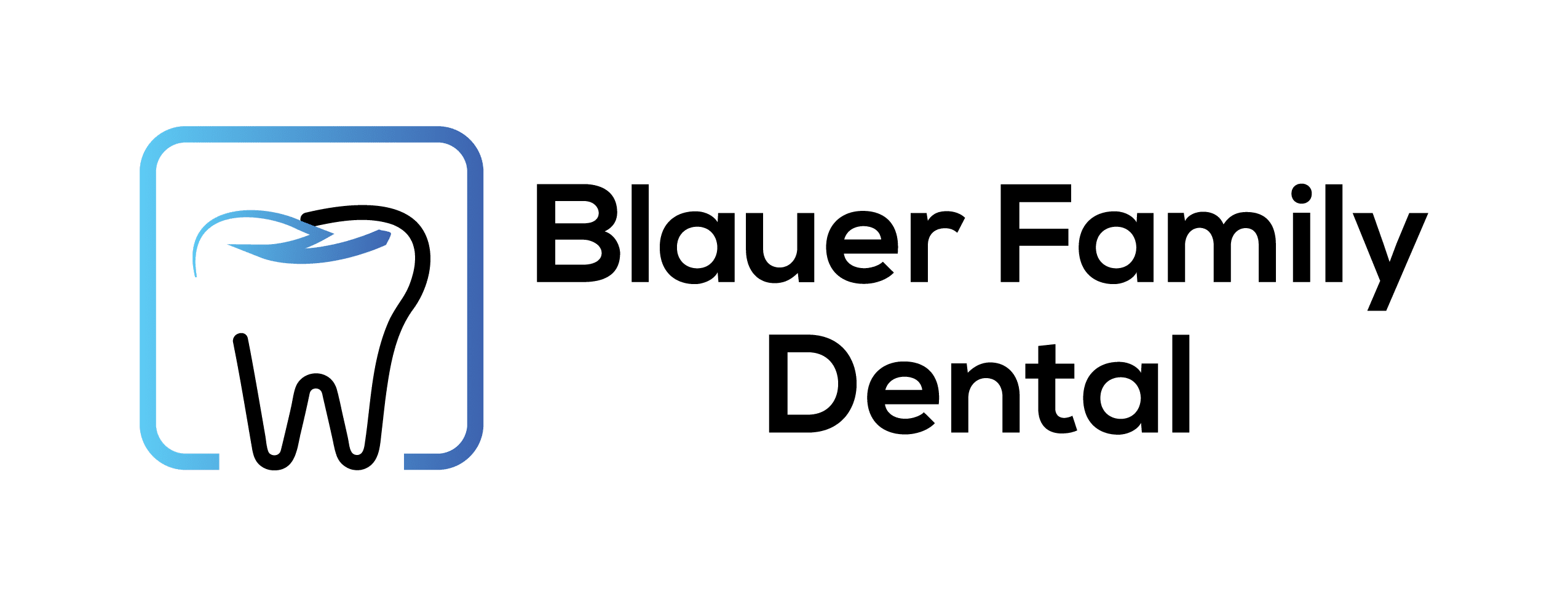Good oral hygiene is more than just brushing. One of the most common questions people ask is: how often should I floss? This question matters, because flossing plays a crucial role in preventing gum disease, cavities, and many other dental issues.
In this article we’ll cover why flossing matters, how many times per day it should be done, whether you should brush or floss first, what can happen if you skip flossing, and what to do if problems have already begun.
What You’ll Learn About Flossing
-
The role flossing plays in oral health
-
Recommended frequency: how many times a day should I floss
-
Brushing vs flossing: should I brush or floss first
-
Risks of not flossing regularly
-
Signs you need to see a dentist
-
Tips for making flossing a lasting habit
Why Flossing Is More Than Just Fresh Breath
Your toothbrush does a lot of heavy lifting when it comes to cleaning the visible surfaces of your teeth. But even the best brushing technique can’t reach everywhere, particularly the tight spaces between your teeth and just under the gumline.
That’s where flossing comes in. It’s not just about removing food bits after a meal, it’s a key part of your daily defense against dental problems.
Here’s why flossing really matters:
1. Removes Plaque and Food Particles in Hard-to-Reach Areas
When you eat, tiny bits of food can get trapped between your teeth. Brushing only cleans about 60% of your tooth surfaces. The remaining 40%—the sides of the teeth that touch—are best cleaned with floss. If left untouched, trapped food particles feed bacteria that form plaque, a sticky film that coats the teeth and gums.
2. Reduces the Risk of Interdental Cavities
Cavities don’t just happen on the chewing surfaces of teeth. They often start between teeth where plaque accumulates. Regular flossing removes plaque before it hardens into tartar, helping prevent tooth decay in areas your toothbrush can’t reach. This is especially important for people with tight dental contacts or who are prone to cavities.
3. Prevents Gingivitis and Gum Disease
Gingivitis, the earliest stage of gum disease, is often caused by plaque buildup along the gumline. Symptoms can include red, swollen, or bleeding gums. If not treated, it can progress to periodontitis, which is a more severe form of gum disease that can cause gums to pull away from teeth, bone loss, and eventually tooth loss. Daily flossing disrupts the bacteria before they cause long-term damage.
4. Helps Keep Your Breath Fresh
Bad breath (also known as halitosis) is often caused by decomposing food particles and bacteria between the teeth. These bacteria release foul-smelling gases. Flossing daily helps remove these odor-causing agents, giving you fresher breath that lasts beyond brushing and mouthwash.
5. Contributes to Whole-Body Health
Oral health is closely tied to your overall health. Chronic gum inflammation has been linked to conditions like heart disease, diabetes, and respiratory illnesses. While more research is ongoing, keeping your gums healthy through flossing could reduce inflammation that affects other parts of your body. It’s a small step with potentially big health benefits.
In short, flossing is a core part of preventive care that supports a healthy mouth and may even contribute to your general well-being.
How Many Times a Day Should I Floss?
So, how many times a day should I floss? Most dental and health authorities suggest flossing once per day as a baseline.
If you have tighter contacts between teeth, or food tends to get stuck (for example if you eat fibrous foods, or have orthodontic devices), you might benefit from flossing more than once a day. But for most people, flossing daily is sufficient if done well. Skipping flossing for several days allows plaque to build up and begin affecting gum health.

Should you brush or floss first?
Research increasingly suggests that flossing first may offer advantages:
-
Flossing first loosens plaque and debris in between teeth. When you follow that with brushing (especially with fluoride toothpaste), you can then more effectively remove that debris and allow the fluoride to reach more surfaces
-
Some studies show that flossing before brushing increases fluoride retention in the interdental areas
That said, the most important thing is that both brushing and flossing are done regularly and correctly. If you do brush first and floss after, that’s still much better than skipping flossing altogether.
What Happens If I Don’t Floss Regularly
Skipping flossing has consequences. Here’s what can happen over time if flossing is neglected:
-
Plaque buildup between teeth and along gums turns into tartar (also called calculus), which can’t be removed by brushing or flossing alone and requires professional cleaning
-
Gingivitis – the gums may become red, swollen, bleed easily, especially when brushing or flossing. Early gingivitis is reversible
-
If left untreated, gingivitis can progress to periodontitis, where gums pull away from teeth, bone may be lost, support structures weaken
-
Increased risk of cavities (especially between teeth), pain, possibly infection
-
Bad breath (halitosis) from trapped food, bacterial activity
-
Over time, if many teeth are affected, you may need more extensive dental work
Early Warning Signs: When to Call a Professional
If you notice any of the following signs, it’s time to schedule a checkup with a dentist near Sturgis or another provider in your area.
-
Gums that bleed regularly (during brushing or flossing)
-
Swollen, tender, or red gums
-
Gums that are pulling away (receding) from teeth
-
Persistent bad breath or bad taste in the mouth
-
Sensitivity, pain, or signs of infection
-
Visible buildup of tartar between teeth
Getting in ahead of these issues helps prevent further damage and preserve both dental and overall health.
Creating a Flossing Habit That Sticks
Flossing is easy to skip, but with some planning it can become a durable part of your routine. Here are tips:
-
Choose a time you can stick to. Many find flossing right before bed helpful.
-
Use tools you’re comfortable with. Some options are standard floss, floss picks, dental tape, interdental brushes, water flossers.
-
Be gentle but thorough. Bend the floss around each tooth in a “C” shape, go below the gumline, slide up and down. Avoid harsh sawing motions.
-
If bleeding occurs initially, that’s often a sign of mild inflammation. Gentle flossing each day usually reduces bleeding over time
-
Track your consistency. Habit trackers, reminders, etc., can help
Put It All Together
-
Brush at least twice daily with fluoride toothpaste
-
Floss once a day, ideally before brushing at night, for most people
-
Pick the order that you’ll actually follow long-term. If that means you floss after brushing, that’s OK, but flossing first has some benefits
-
Don’t wait for pain or obvious problems. If you notice early warning signs, reach out to a trusted dental provider in your area.
If you’re wondering how often should I floss, the best practice is to floss once every day to reach the areas your toothbrush misses, reduce plaque, prevent gum disease, and maintain oral health. Consistency matters more than perfect frequency. If flossing is causing persistent issues, or you see signs of gum trouble, contact a dental professional sooner rather than later.
References
-
Importance of Flossing – University of Illinois Chicago College of Dentistry https://dentistry.uic.edu/news-stories/importance-of-flossing/
-
Ask the Expert: Do I Really Need to Floss? – National Institute of Dental and Craniofacial Research (NIDCR) https://www.nidcr.nih.gov/health-info/gum-disease/ask-the-expert
-
Effect of Flossing Before or After Brushing on Interdental Plaque – National Library of Medicine (PubMed) https://pubmed.ncbi.nlm.nih.gov/29741239/
-
Oral Health Topics: Floss – American Dental Association (ADA) https://www.ada.org/resources/ada-library/oral-health-topics/floss
